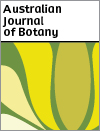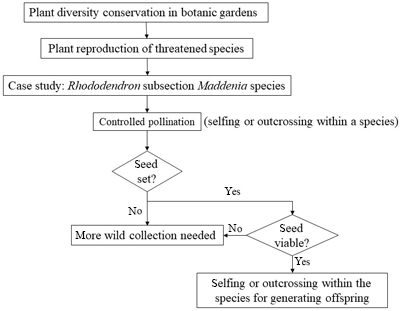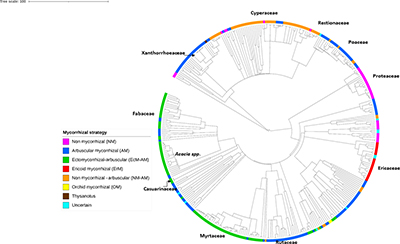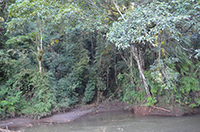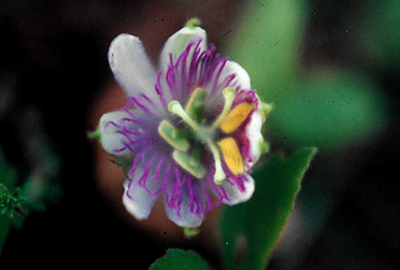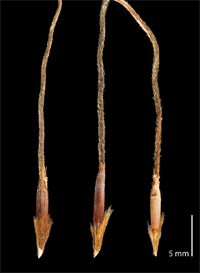Successful controlled pollination of threatened species can increase the reproduction of new plants for safeguarding germplasm in botanic gardens. Fruit set and seed germination identified varied levels of self- and cross-compatibilities within each of the five examined Rhododendron species or varieties. Controlled pollination should be tested for each Rhododendron species to understand the intraspecific compatibility before deciding the propagation strategy. Image by Ling Hu.
BT24005 Abstract | BT24005 Full Text | BT24005PDF (4.2 MB) Open Access Article


